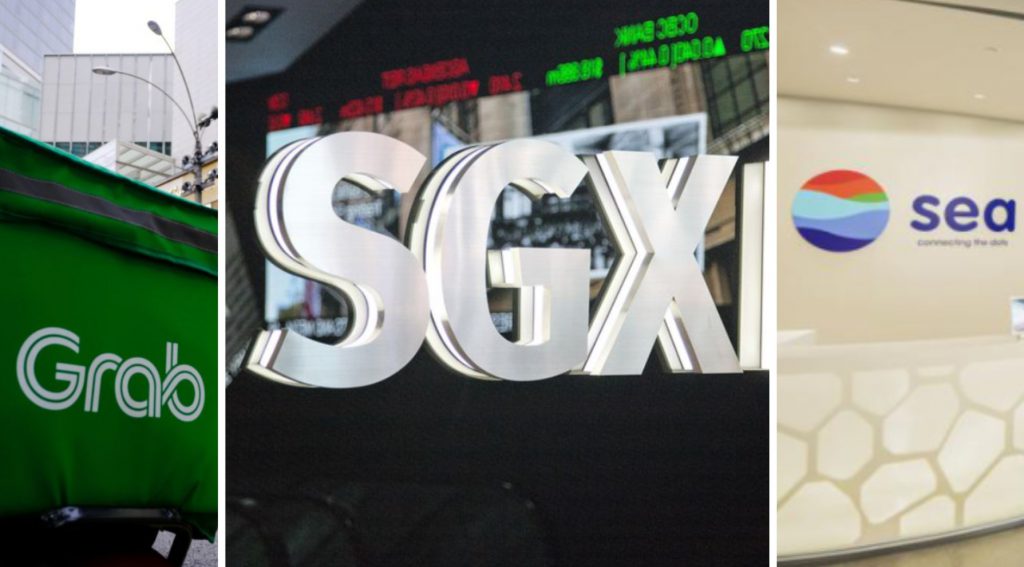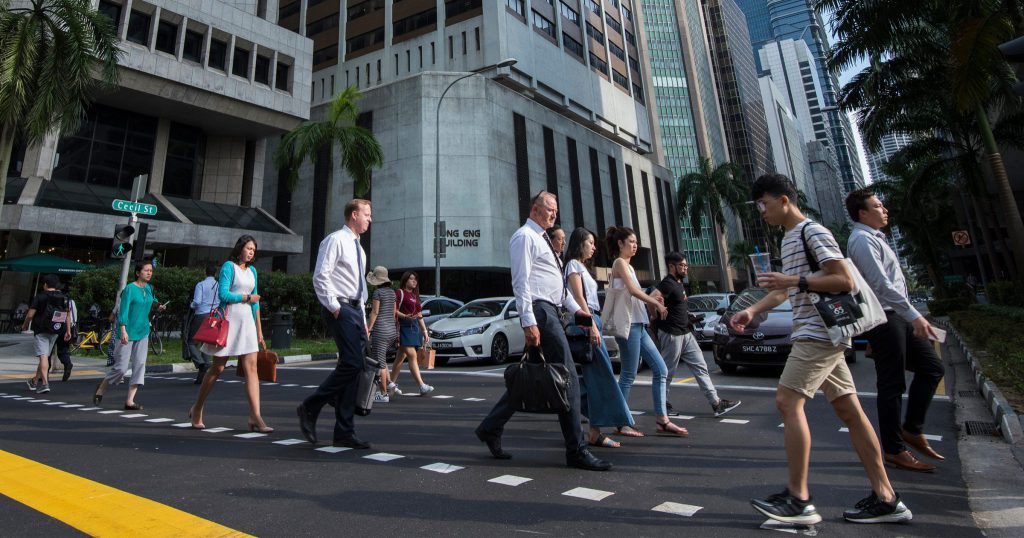For years Singapore has struggled to attract high-profile tech players for initial public offerings (IPO). Southeast Asia’s popular tech firms like Sea Ltd and gaming hardware maker Razer have opted for listings anywhere but their home country.
Recently, the country’s tech unicorn Grab also announced plans to go public via a special purpose acquisition company or SPAC deal on US’ Nasdaq, as has PropertyGuru and allegedly Carousell on overseas bourses.
Singapore has one power move it might be ready to execute this year to lure these local high-profile firms to list on the Singapore Exchange (SGX): In March, SGX released a proposed regulatory framework to list SPACs on the local market. It called for feedback from the market.

SGX plans to ride on the global interest in SPACs and has said that it hopes to see the framework finalised around the middle of the year and to go “live” by the end of this year.
The SPAC offering can provide SGX the much needed visibility to attract companies that are ripe for listing, amid a competitive global public market.
What is SGX’s SPAC structure?
SPACs, also known as “blank cheque companies” have been around since the 1990s. They recently gained popularity due to the favourable framework that benefits many companies and investors – like a faster timeline to go public and raise funds.
SPACs raise money from investors and then look to acquire another business, usually a private one, within a designated time frame.

Last year, more than 165 global SPAC firms were listed, five times more than in 2015.
The SGX in March released a regulatory framework for SPACs to list on the SGX and seeked the market for feedback. It sought for views on addressing the risks of SPACs and on creating credible listing vehicles. Through SPACs, SGX aimed to increase investors’ choices and generate value-creating opportunities for shareholders.
RegCo, the SGX’s regulatory arm, proposed a minimum market capitalisation for SPACs at S$300 million (US$222.6 million). There’s also a time frame of three years for SPACs to combine with their targets.

The minimum issue price of SPACs was also proposed to be raised to S$10 per share or unit, among other criteria. To compare, S$0.50 is the existing minimum issue price for securities on the mainboard.
A primary listing of SPACs on the SGX mainboard was proposed as well. The SGX also seeked feedback on whether if SPACs should be allowed to apply for a secondary listing on the mainboard.
Why SGX SPACs will work
There’s been growing local and regional interest in SPACs. Singapore state investment firm Temasek Holdings said it sees increased interest among Southeast Asian firms to list via SPACs, adding that some of its portfolio firms are looking to do just that.
The clout that Temasek has in creating winning deals can influence regional investment funds to take part in SPAC listings on the SGX too.

Last month, Temasek’s unit Vertex Holdings was said to be planning to raise funds for dealmaking by listing a SPAC on the SGX. Vertex operates six funds with assets under management worth more than US$5 billion (S$6.7 billion).
Vertex’s active investments include ride-hailing giant Grab, crypto exchange Binance Holdings and Horizon Robotics, a Chinese artificial intelligence-chip start-up backed by Intel Capital.
Grab’s co-founder Tan Hooi Ling, had said in earlier reports that though the firm had opted to go public in the US so that it can tap into a larger investor base, the group is not ruling out the possibility of a concurrent local listing.

Sources had said that the potential listing on the SGX would allow Grab to have an investor base close to where its regional business is based. This will enable customers, drivers and merchant partners easier access to trade its shares.
In an interview with Bloomberg in February, SGX’s chief Loh Boon Chye said that Singapore could see its first SPAC listing this year if it gets enough support from the industry.
In addition, the insertion of SPACs into the SGX will provide the local bourse much needed trading activity. Despite the market volatility on global markets last year which led to increased trading volumes, the value of shares traded on the SGX remained below its five-year average in the same period.
More investors are also given alternative trading options like cryptocurrencies, and quicker access to overseas markets through new fintech providers. With a portfolio of high-profile firms listed on the SGX, it will give SGX a leg up in securing both local and global interest.

Governance the key problem for firms and investors
The SPAC concept is not foreign to SGX, as it had in 2010 mulled the idea of putting SPACs on the mainboard. The public response then was not receptive, and the local bourse had shelved the idea.
More than 10 years later, SGX is revisiting the idea, believing that the introduction of SPACs may benefit capital market participants and become a feasible alternative to traditional IPOs for fundraising in both Singapore and the region.
However, given that major markets already have SPAC vehicles in operation, the tighter regulatory rules governing local SPACs might put off firms who are mulling the idea.

Already, some market participants have said that the minimum market capitalisation of S$300 million is too steep.
The SPAC bourses out there include the sophisticated US market, and it might be an uphill challenge for SGX to attract SPAC listings with its stricter regime.
Also, the concept of a SPAC and its fast track path to getting funds may attract firms that are looking for fast cash and may have worse financials than the typical firms who seek public listings. This might lead to worse results or returns for investors.

Protecting investors would be one aspect to watch over, but over-regulation can also deter potential value-generating companies from listing here. The investors should bear the full responsibility of understanding the fundamentals of how SPACs work themselves before trading.
One option would be for SPACs to only be open to investors who hit certain criteria, like investor knowledge or education level, but that would also have to be managed carefully to prevent preferential treatment.
From 1 July 2021, Vulcan Post’s premium articles will be hidden behind a paywall. Subscribers will be able to enjoy exclusive articles with a deeper level of coverage and insight on verticals that include government technology, electric vehicles, cryptocurrency and e-commerce. You can check out our premium articles here and subscribe to us here.
Featured Image Credit: Bloomberg, Sea Limited












